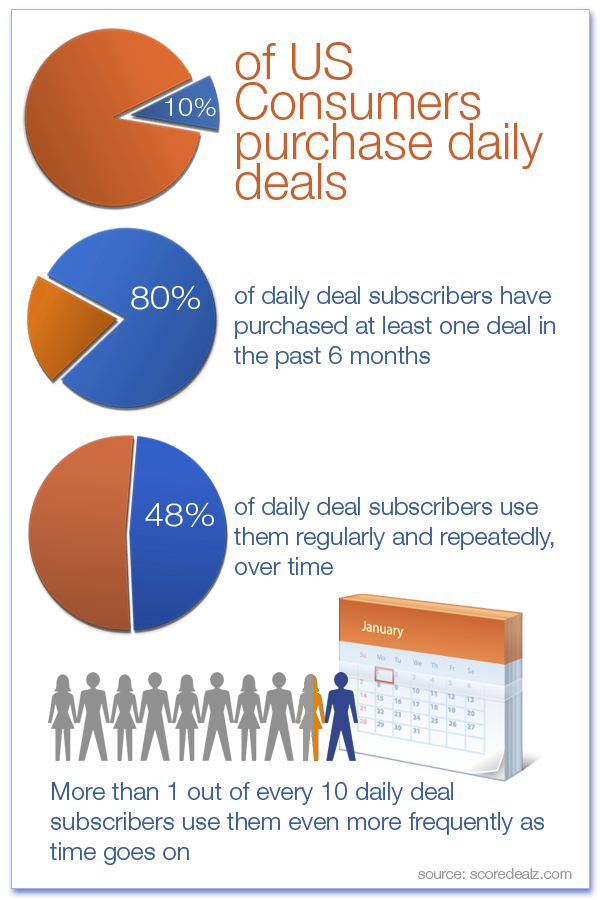FDA nutritional disclosure laws regulating how chain restaurants must disclose the nutritional value of all menu options to restaurant patrons means more work for restaurant owners and managers — but there is a marketing upside too.
FDA Nutritional Disclosure Laws Create Opportunity Thanks to Creative Restaurant Marketing Ideas
Use these restaurant marketing ideas to promote your restaurant and its menu to local diners using nutritional disclosure laws.
Even if not required to do so, many restaurants choose to disclose caloric and nutritional information to restaurant patrons. Federal law requires that *restaurants with more than ±20 locations post calorie information for each food item in at least its standard serving size. Among other requirements, calories must be posted:
- On all menus and menu boards, including boards at drive thru locations
- Calories must be displayed clearly and prominently
- Can be displayed in ranges for variable items (like combo meals)
- Must be displayed on a sign next to foods on display
- Should be listed per-serving or per item on a sign next to self-service foods (like a restaurant salad bar or buffet)
Plus, upon request, restaurants must be able to produce more information about all of the foods it serves, including total calories, calories from fat, total fat, saturated fat, cholesterol, trans fat, sodium, total carbs, sugars, dietary fiber and protein.
You might also like: Are Restaurant Specials – or Special Restaurants – Key to Restaurant Loyalty Programs?
More work? Maybe. But the FDA labeling requirements for restaurants, food establishments and vending machines brings restaurant marketing opportunities, too.
7 Ways Nutritional Disclosure Laws Lead to Restaurant Growth
1: Create “lite” versions of your most popular menu items by reducing portion size or ingredient substitutions.
2: Offer sampler plates featuring appetizer-sized combinations of menu items customers love but may pass over due to calories in full-size portions.
3: Take advantage of the new regulations to send out an informational email and direct mail newsletter to your customers or within local zip codes.
4: Write a press release or editorial for publication in local newspapers relative to the new regulations and what restaurant customers should be looking for – and asking for – in order to maximize nutrition while eating out.
5: Don’t just display calorie information beside foods, that’s only one piece of the pie! Many foods high in calories are also high in health benefits – the two are not mutually exclusive. Explain the nutritional benefits of foods and ingredients.
6: Tell your customers about locally-sourced ingredients in your menu items. By sourcing locally, you can reduce the time from garden to plate and use foods while they are fresh, rather than frozen or processed. If you source local foods and ingredients, let your customers know! It’s not just better for them, it’s better for the local economy, too.
7: If nutritional disclosure leads to less demand for certain items on your restaurant menu, have a “clearance” event and extend a special offer on those items to give customers once last chance to either try or enjoy a menu item before it is discontinued.
*chain movie theaters, sporting events, airplanes and businesses that are not primarily restaurants (but still serve food) are exempt
±New York City requires restaurants with more than 15 locations to comply, and other states have lobbied for the regulations to apply to restaurants with as few as 10 locations – check with your state’s regulatory agencies for information about nutritional disclosure laws in your state.



